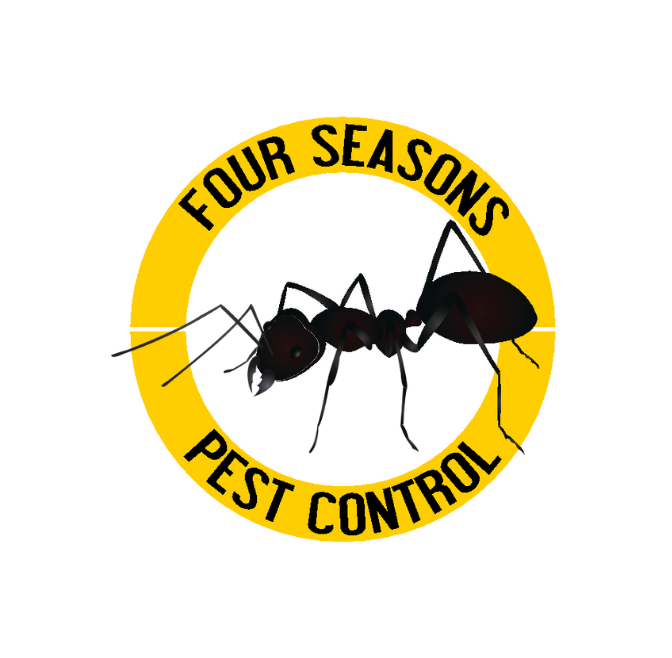House Centipede
House centipedes are small, multi-legged arthropods known for their distinctive appearance and rapid movements.
Centipede Overview
- Appearance: House centipedes have long, slender bodies with numerous segments, each equipped with a pair of legs. They typically range in size from 1 to 1.5 inches in length. Their bodies are yellowish to brownish, and they have elongated antennae.
- Habitat: Commonly found in homes, particularly in damp or humid areas such as bathrooms and crawl spaces. They prefer dark, secluded spaces where they can find prey.
- Diet: House centipedes are carnivorous and feed on small insects, spiders, and other arthropods. Considered a beneficial pest because of their help to control populations of household pests.
- Behavior: House centipedes are nocturnal hunters and are most active at night. They move quickly and can dart across surfaces with agility. Despite their name, house centipedes are not true insects but belong to the class Chilopoda.
- Reproduction: Females lay eggs in moist environments. The eggs hatch into small, immature centipedes called nymphs, which undergo a series of molts as they grow into adults.
- Defense Mechanism: When threatened, house centipedes may use their speed to escape predators or hide in crevices. Also, they will deliver a mild, venomous bite if handled. Although their venom is not considered harmful to humans, it normally only causes minor irritation.
How to get rid of House Centipedes
- Reduce Moisture: Attracted to damp, humid environments. Reduce fixing leaks, improving ventilation, using a dehumidifier, and ensuring proper drainage around your property.
- Seal Entry Points: Seal cracks and crevices, gaps, and other potential entry points around windows, doors, pipes, and utility lines. Use caulk, weather stripping, or sealant to close off these openings.
- Eliminate Hiding Places: Declutter your home and remove piles of clutter, debris, and stored items where they like to hide. Keep attics and crawlspaces clean and well-organized to reduce hiding spots.
- Remove Food Sources: They feed on small insects and arthropods. Reduce food sources by eliminating other household pests such as spiders, cockroaches and silverfish.
- Vacuum Regularly: Vacuum floors, carpets, and other surfaces regularly.
- Consult a Professional: Consider a licensed pest control professional if your DIY efforts are unsuccessful.
When to Call Professional
- Infestation is Severe: If you have a large or persistent infestation that you cannot manage on your own, it may be time to seek professional assistance.
- DIY Methods Are Ineffective: If your DIY methods have not worked, it’s a sign that the infestation may require professional treatment.
- Health Concerns: If you or your family members have health concerns such as allergies, asthma, or anxiety. Professional pest control services can provide targeted treatments to address the issue and alleviate your concerns.
- Preventive Measures: Even if you do not currently have an infestation, you may consider hiring a professional pest control service for preventive treatments
With Four Seasons Pest Control, we ensure effective pest control and prevent future infestations, keeping your home pest-free. Give us a call for a free quote (NC) 252-453-3601 or (VA) 757-729-1744 - we'll handle the centipedes in your home and any other bug issues!
Contact Us
What do House Centipedes Look Like?
 Button
ButtonHouse centipedes have long. slender bodies with numerous segments, each equipped with a pair of legs
They typically range in size from 1 to 1.5 inches in length.
Their bodies are yellowish to brownish, and they have elongated antennae.
The most distinctive feature of house centipedes is their 15 pairs of legs.
What are the Signs of House Centipedes?
Primarily identified by their physical presence rather than specific signs. However, there are a few indirect indicators that may suggest their presence:
Sightings: Seeing them in your home is the most obvious sign of their presence. Generally found in damp, dark areas such as bathrooms and crawlspaces. House centipedes are nocturnal and are most active at night.
Other Insect Activity: An increase in other insect activity may indirectly indicate their presence.
Shed Exoskeletons: Like other arthropods, house centipedes molt as they grow. You may find shed exoskeletons (skins) in areas where house centipedes are active.
Prey Remains: House centipedes are efficient predators that leave behind the remains of their prey.
Does the House Centipede Cause Damage?
No, they do not cause structural damage to buildings or homes. They also do not pose any direct threat to human health. They help control populations of other household pests, such as spiders, cockroaches, silverfish, and small insects.
Some people may find them alarming or unsettling due to their appearance and rapid movements.
Do House Centipedes Bite?
 Button
ButtonYes, house centipedes are capable of biting, but it is very rare for them to bite humans. If handled roughly, or if they feel threatened, they will deliver a venomous bite.
Similar to a bee sting, minor irritation or discomfort may occur, and their venom is not considered harmful to humans.
